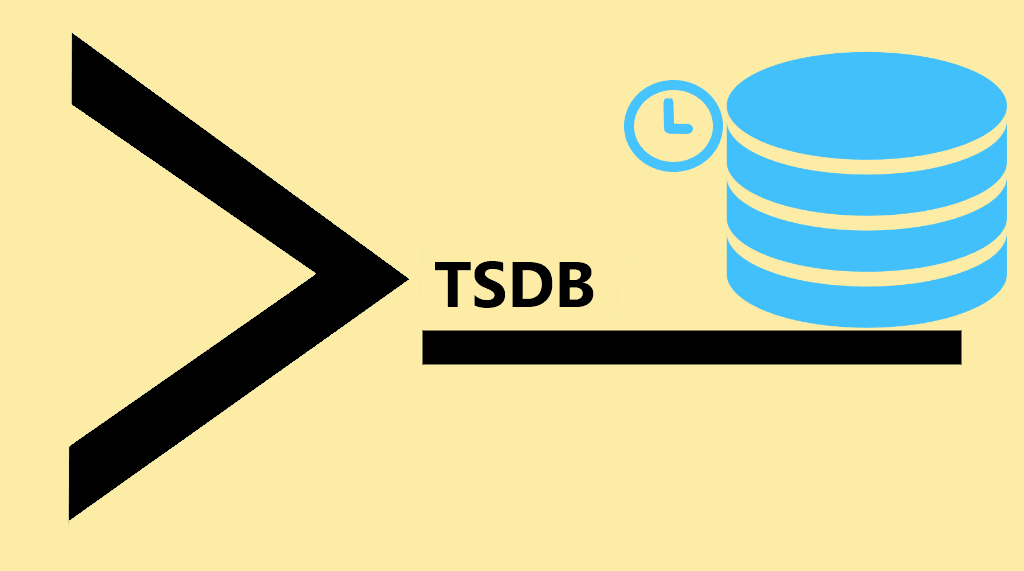Author: Sapta Upendran
Sapta is a passionate Linux system engineer, a voracious reader, a dexterous cook, and a wanderlust. She is also interested in technical and non-technical writing.
Integrating Cloudflare Access with a Bitwarden instance
In this article we will examine how to integrate a Bitwarden instance with the Cloudflare Access product from Cloudflare, Inc. Adding an additional degree of security and control is typically required for this integration to communicate with the Bitwarden service for password management.
What is Kali Linux?
Kali Linux is an open-source Debian-derived Linux distribution maintained by Offensive Security. Devon Kearns and Mati Aharoni developed it. It was created explicitly for network analysts, penetration testers, or anyone in the cybersecurity field with a requirement for a very detailed scope of effort — including forensics analysis.
In addition to better security, the main reason users upgrade or install PHP 8.2 on Ubuntu 22.04 is the significant performance increase over previous versions when it is installed and using the OPcache module. This combination greatly decreases the time it takes for your web page to load. If you are developing a site locally or launching it on one of Liquid Web's Ubuntu VPS or Dedicated Servers, having installed the PHP 8.2 version or newer is the way to go.
Installing PyTorch on Ubuntu: A Guide
Data analysis via machine learning is becoming increasingly important in the modern world. PyTorch is a machine learning Python library, developed by the Facebook AI Research (FAIR) group, that acts as a high-level interface for developers to create applications like natural language processors. In this tutorial, you are going to learn how to install PyTorch via Anaconda and PIP.
PostgreSQL or Postgres is an open-source, free relational database management system with great extensibility and SQL compliance. It is also a commonly used Relational Database Management System (RDMS) for handling massive and complicated data, particularly in large companies.
Top 10 Password Security Standards
Since ancient times, people have used passwords, which are almost ubiquitous in our personal and professional lives. Though people were expected to remember their passwords as a best practice, it is practically impossible to remember hundreds of complex passwords. Therefore, people created passwords that were easy to remember and reuse across numerous accounts. However, repeated use of the same weak passwords causes data breaches and security issues.
How to Use Disk Quotas in Dedicated Linux Servers With cPanel
Disk space management in dedicated Linux servers with cPanel is an often underestimated necessity. This tutorial shows how to manage disk space in your cPanel dedicated server.
How to Install Git on AlmaLinux
AlmaLinux is an open source operating system created by CloudLinux after the announced changes to CentOS. AlmaLinux serves as an alternative to CentOS with a similar structure. The objective remains a free Linux distribution that is binary compatible with the most recent release of Red Hat Enterprise Linux (RHEL).
Simple Guide to Reverse DNS Lookups
What is Reverse DNS?
A reverse DNS lookup is a query in which a domain name connected with an IP address is returned. However, in a forward DNS lookup, an IP address is returned when the domain name is queried. The following is an example output of reverse DNS lookup.
What Is a Time Series Database? How It Works & Use Cases

As the Internet of Things expands quickly, many devices connect to the web and transmit time series data. As a result, industries are interested in creating time series databases with unique management and analytical features.
Our Sales and Support teams are available 24 hours by phone or e-mail to assist.

